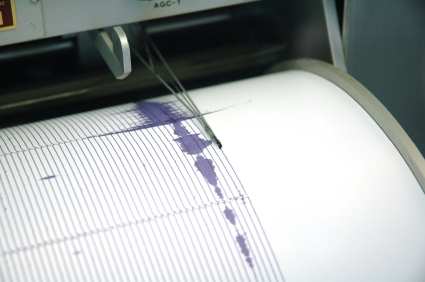Catastrophe Insurance In 2011
Where the risk characteristics limit available carriers (due to restrictions on age, soil, etc.), there will be pressure to get increased rates.|

Where the risk characteristics limit available carriers (due to restrictions on age, soil, etc.), there will be pressure to get increased rates.|

Get Involved
Our authors are what set Insurance Thought Leadership apart.
|
Partner with us
We’d love to talk to you about how we can improve your marketing ROI.
|

Jeff Bianchi has over 17 years' experience in underwriting, marketing and wholesale brokering. He is a Senior Vice President Property Broker at Swett & Crawford and consistently ranks among the top producers nationally at Swett & Crawford. His focus is on large property placements specializing in Catastrophe coverage including Earthquake, Hurricane, and Flood.